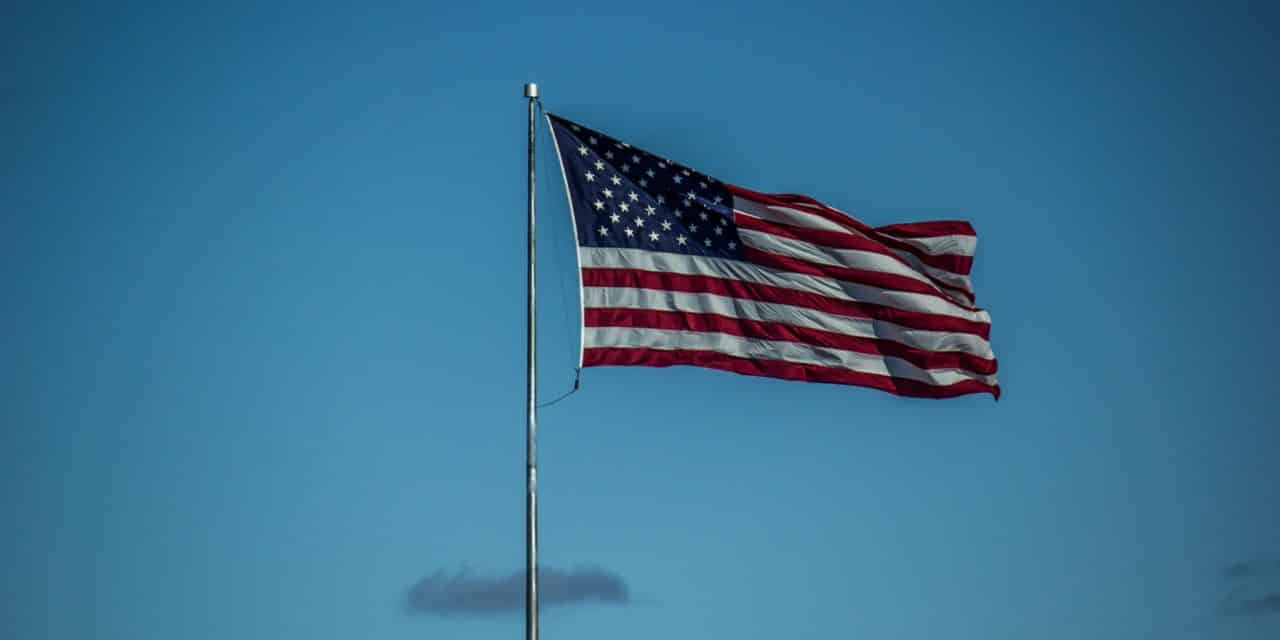[ad_1]
When in a survival situation, there are a lot of things that rush through your head. However, it is very important that you Please Remember What's First. That's P. R. W. F. for Protection, Rescue, Water, and Food.
-Protection-
Your first goal should always to ensure adequate protection. Even in 50 degree weather you can get hypothermia, especially if wet and in wind. Shelter from the sun is essential in warmer climates as well. Using paracord that you should have in your survival kit and whatever you can find in your immediate vicinity, construct some form of shelter and protection from the elements.
When building shelter to stay warm, remember one layer of insulation on bottom is as good as two on top. Much of your body heat seeps into the ground during the night. Also, keep your head covered as the majority of your body heat is dissipated through your head. If possible, build on ground that is dry, well drained, and flat. Choose location that is close to water and firewood. Build shelter on a site that is easy to be seen and spotted.
Clean and bandage wounds with alcohol prep pads and bandages, another key item you should have in your survival kit. Infections can present serious danger in survival situations. Use safety pins to secure bandages in place.
-Rescue-
After you have established protection, your next job is to attract attention to yourself for rescue. Use a whistle, a piece of tinfoil as a signaling mirror, or a flashlight to signal any search parties. A whistle's blast can carry for 1-2 miles in the wilderness, and requires very little energy to use. A human voice can only carry 100-200 meters at best. A smokey fire is also a good method of drawing attention to yourself from afar.
3 of any kind of signal is the international sign of distress. 3 flashes of a flashlight, 3 blasts of a whistle, 3 sticks or even 3 fires in a triangle will signal any search party that you are in distress.
If you must travel, leave obvious markers along your path for rescuers to follow, and also to prevent you from doubling back on yourself. Three stones stacked on top of each other is an excellent method of leaving markers when nothing else is available.
-Water-
Water is the next most essential element in surviving. Conserve your water by not breathing hard, avoid sweating, stay out of direct sunlight. The best place to store water is in your stomach. Drink as much as you need, and as often as you can. Store extra water in a ziploc bag, or a canteen or water bottle. If fire is not readily available, you may drink from streams that are flowing and clear. Never drink stagnant water! If possible purify your water by boiling. A piece of tightly folded tinfoil makes a good cup for boiling water (yet another helpful survival kit item). Do not place tinfoil directly in fire, but near the heat on a hot rock. Place a small bit of bullion cube in water to replace lost electrolytes and improve flavor.
Trees and vegetation contain great amounts of moisture and water. A clear plastic bag or bottle may be wrapped around a leafy branch, or filled with leafy material, sealed with a rubber band or string, and placed in the sun. Over time direct sunlight will evaporate liquid in vegetation and reconstitute it into drinkable water.
-Food-
Food is your last concern after protection, rescue, and water. Eating a piece of glucose candy can temporarily raise your blood sugar and give you much needed energy to complete a task. If a stream is nearby, a small fishing line and a hook or safety pin with a bit of bait attached to the end can work. Snares can be set using paracord. A rubber band can be used to improvise a harpoon or slingshot to catch other kinds of small animals. Knife or razor blade that should also be in your survival kit can be used to prepare meat for cooking.
If you remember these steps in this order, you will have a much higher chance of surviving your emergency situation. So always: Please Remember What's First.
[ad_2]
Source by Elliot Rist


